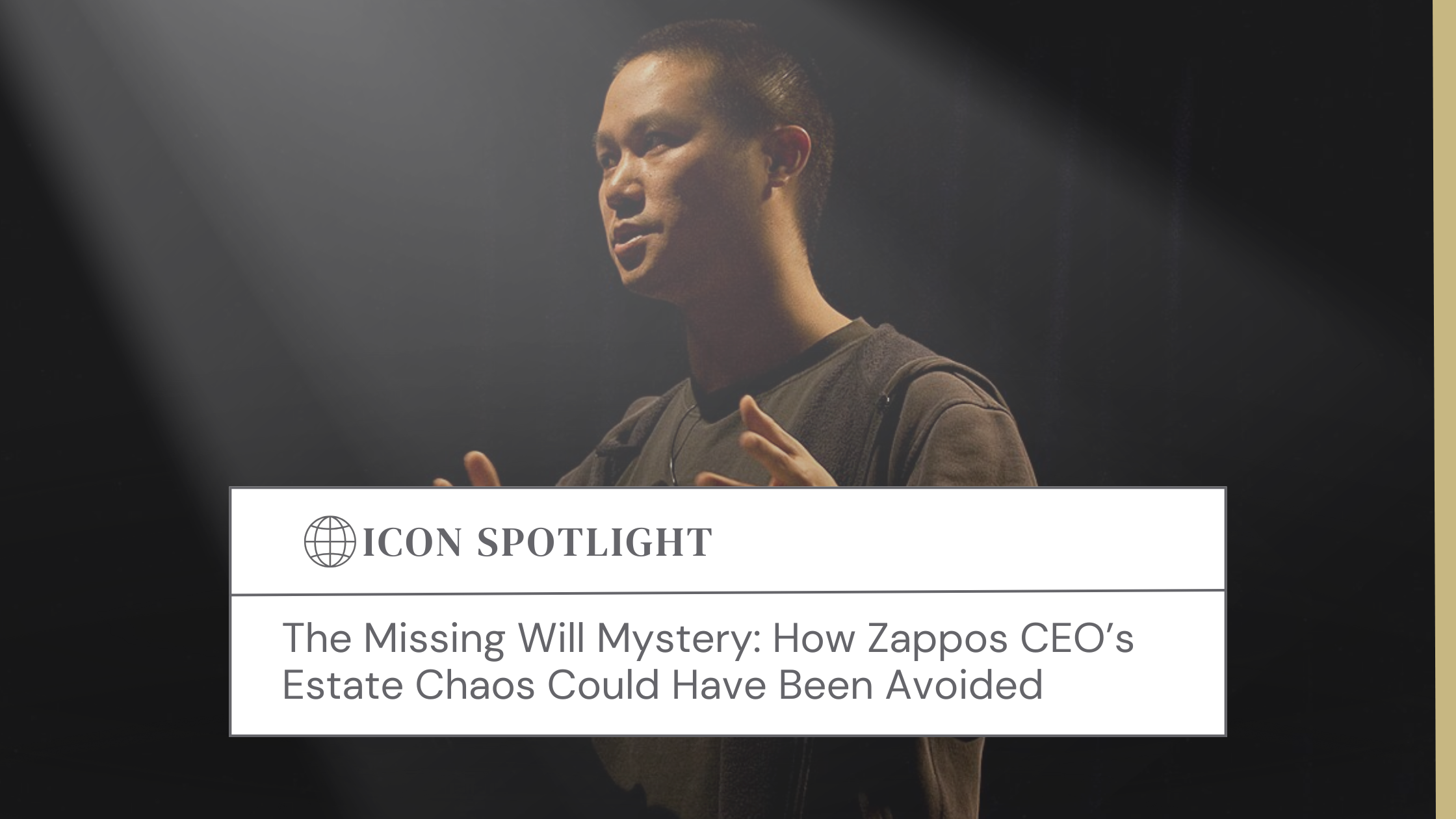Since estate planning involves thinking about death, many people put it off until their senior years or simply ignore it all together until it becomes too late. This kind of unwillingness to face reality can create major hardship, expense, and mess for the loved ones and assets you leave behind.
While not having any estate plan is the biggest blunder you can make, even those who do create a plan can run into trouble if they don’t understand exactly how estate plans function.
Here are some of the most common mistakes people make with estate planning:
Not creating a will
While wills aren’t the ultimate estate planning tool, they’re one of the bare minimum requirements. A will lets you designate who’ll receive your property upon your death, and it also allows you to name specific guardians for your minor children. Without a will, your property will be distributed based on your state’s intestate laws (which are probably not in alignment with your wishes), and a judge will choose a guardian for your children under 18. Oh, and then your kids will get whatever you own outright, with no guidance, direction, or intention, as long as they’re over 18.
Not updating beneficiary designations
Oftentimes, people forget to change their beneficiary designations to match their estate planning desires. Check with your life insurance company and retirement-account holders to find out who would receive those assets in the event of your death.
If you have a trust, you’ll likely want the trust to the beneficiary. This does not happen automatically upon creating a trust. You actually have to make the change. See the section below for more on funding your trust.
And you never want to name a minor as a beneficiary of your life insurance or retirement accounts, even as the secondary beneficiary. If they were to inherit these assets, the assets become subject to control of the court until he or she turns 18.
Not funding your trust
Many people assume that simply listing assets in a trust is enough to ensure they’ll be distributed properly. But this isn’t true. Some assets—real estate, bank accounts, securities, brokerage accounts—must be “funded” to the trust in order for them to be actually transferred without having to go through court. Funding involves changing the name on the title of the property or account to list the trust as the owner.
Unfortunately, most lawyers have been trained to create a trust, but not make sure assets are actually transferred into the trust. Crazy, right?!? But we see it all the time. And of course, when you acquire new assets after your trust is created, you must make sure those assets are also titled into your trust. However, most lawyers are not trained to make sure this happens either.
Part of being a Personal Family Lawyer® law firm means we make sure your assets are inventoried, titled properly, and the inventory is maintained throughout your lifetime, so your assets aren’t lost and do not get stuck in court upon your incapacity or death.
Not reviewing documents
Estate plans are not a “one-and-done” deal. As time passes, your life circumstances change, the laws change, and your assets change. Given this, you must update your plan to reflect these changes—that is, if you want it to actually work for your loved ones, keeping them out of court and out of conflict.
We recommend reviewing your plan annually to make sure its terms are up to date. And be sure to immediately update your estate plan following major life events like divorce, births, deaths, and inheritances. We’ve got built-in processes to make sure this happens—ask us about them.
Moreover, an annual life review can be a beautiful ritual that puts you at ease knowing you’ve got everything handled and updated each year.
Not leaving an inventory of assets
Even if you’ve properly “funded” your assets into your trust, your estate plan won’t be worth much if heirs can’t find your assets. Indeed, there’s more than $58 billion dollars worth of lost assets in the U.S. coffers right now. Can you believe that? And it happens because someone dies or becomes incapacitated but their assets cannot be found.
That’s why we create a detailed inventory of assets, indicating exactly where to find each asset, such as your cemetery plot deed, bank and credit statements, mortgages, securities documents, and safe deposit box/keys. And don’t forget digital assets like social media accounts and cryptocurrency, along with their passwords and security keys. We cover all of this in our plans.
Beyond these common errors, there are many additional pitfalls that can impact your estate planning. As your Personal Family Lawyer®, we’ll guide you through the process, helping you to not only avoid mistakes, but also implement strategies to ensure your true Family Wealth and legacy will continue to grow long after you’re gone.





